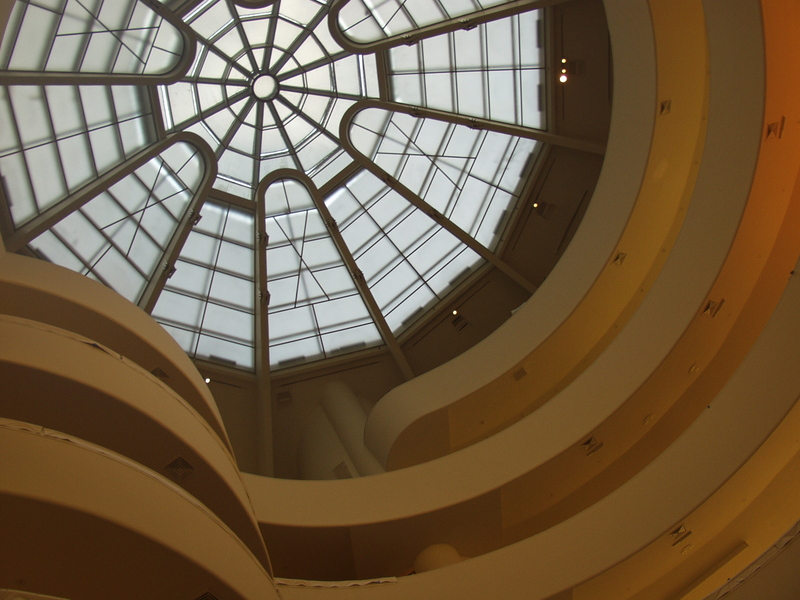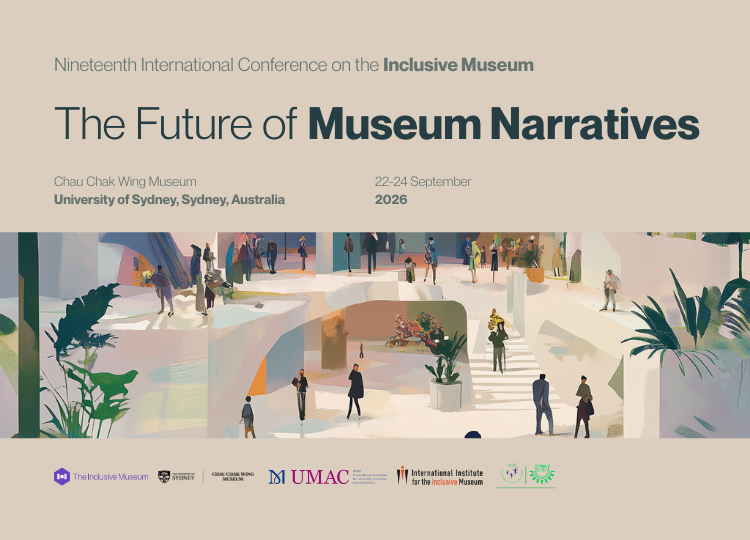Inclusive Museum’s Updates
The Evolution of the Museum Visit, from Privilege to Personalized Experience
Hyperallergic | Article Link | by Seph Rodney
What you experience when you visit an art museum these days is likely very different from what your parents did when they were your age. In plain terms, across the field, in museums, art institutions, performance forums, and even historical societies, the visitor’s experience is now being personalized. This means that not only is the visit marked by enhanced, interactive, and “dialogic” engagement, but also there is an institutional recognition of the visitor as an independent maker of meaning who uses the museum in a variety of ways to fulfill particular, individual needs and desires.
Museums and the visitor’s experience in them have always been shaped by the particular historical context that inflects institutional focus, professional practice, and visitor expectations and behavior. A medieval pilgrim would likely have visited a Christian cathedral, looking at the art contained in order to “read” the biblical story lain out in that dramatically ecclesiastical setting in the statuary or stained glass vignettes and thus have a religious experience — perhaps staggered by the idea of the power of the soul.
The European public museum on which American museums are generally modeled are genealogically related to Cabinets of Curiosities, or Kunstkammer and Wunderkammer, that came into being during the European Renaissance. A visitor to one of these privately owned collections might have had a delightful and surprising exploration of arcane and exotic objects under the direction of a wealthy owner who had selected the visitor as his guest. Visiting then was a sign of social status for both collector and the visitor.
Later, during the 18th century, public visitors began to be admitted to the royal European collections held in princely palaces —still an activity for the advantaged. However, entry depended on adherence to a dress code or obtaining a permit. The visit was understood to be a privilege rather than a right.
When the Louvre museum opened in 1793, having nationalized treasures previously been owned by the church, aristocracy or crown, it essentially broadcast the idea that a general public, by virtue of being citizens of the nation, should have access to what had now become the nation’s patrimony. At this point, museum visiting becomes associated with a notion of citizenship wrapped up with a particular notion of “civilization.”
The public museum comes into being in the historical moment when the state begins to take control of the social order, and it is constructed as a sign of that order. Visitors begin to see the museum as a storehouse of their national inheritance. Simultaneously, the museum becomes an institution crucial to defining the civic sphere — the space between the private home and the public work space — and helps constitute civil society, where private experience meets common judgment.



